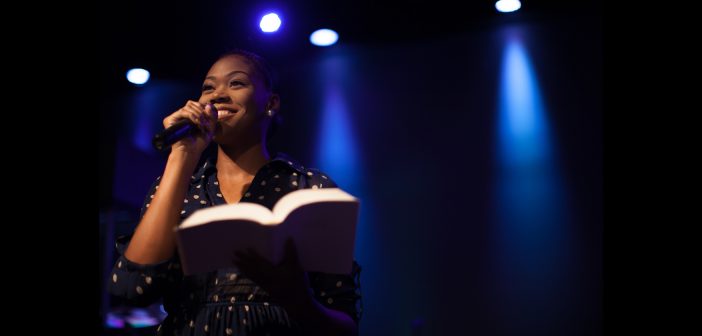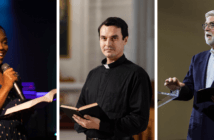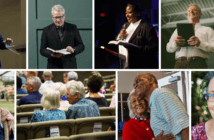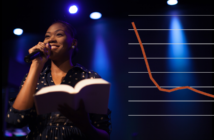![]() Download the 2017 Clergy Age Trends Report.
Download the 2017 Clergy Age Trends Report.
For over ten years, the Lewis Center in partnership with Wespath Benefits has reported annually on the changing age trends among United Methodist clergy in the United States. This research examines elders, deacons, and local pastors. We see several trends in 2017.
Number of Young Elders Shows Downturn in 2017
Since the low point for young clergy in 2005, there has been a modest but steady increase in the presence of clergy under 35. Unfortunately, while the percentage for young elders remained near 7 percent in 2017, the total number declined by 53 in 2017, the largest drop in over a decade. By contrast, the number and percentage of young deacons continues to increase, though the numbers are much smaller.
Summary video of 2017 Clergy Age findings. Download this video free.
First Declines in Young Women Elders
The increase in young elders since 2005 has come from clergywomen. In 2017, there are 104 more young women elders than in 2005, while there are 4 fewer young men elders than in 2005. However, in the last two years, the number of young women elders has declined for the first time since our reporting began. There are 34 fewer young women elders in 2017 than a year ago. Their percentage of all young elders declined to 39 percent after reaching a high of 41 percent in 2015.
Middle Age and Older Clergy Mirror Recent Trends
The makeup of middle age elders, deacons, and local pastors (ages 35 to 54) and older (ages 55 to 72) remained proportionately about the same as last year. These percentages tend to be record lows for the middle age group and record highs for the older cohort.
Age of Retirement Continues to Rise
One factor leading to the increase in older clergy is the higher age at which clergy retire. Since 2000 there has been a fairly consistent increase in the age of retirement. The average age at which United Methodist clergy retired in 2000 was just under 64. By 2016, the average retirement age had increased to over 66. The retirement age in 2016 for elders was 66, deacons, 67, full time local pastors, 67, and part time local pastors, 70.
Fewer Elders and More Local Pastors
Since at least the 1980s, there has been a major decline in the number of active elders while the number of local pastors increased dramatically. This pattern continues in 2017. There are 513 fewer elders and 104 more local pastors in 2017 than in 2016. The result is that since 1990 there are 7,355 fewer elders and 3,576 more local pastors. In 1990, there were over five elders for each local pastor; today there are just under two elders for each local pastor. In 2017, there are 14,152 elders and 7,512 local pastors.
![]() Download the 2017 Clergy Age Trends Report.
Download the 2017 Clergy Age Trends Report.
Much more information is available in the complete Clergy Age Trends in the United Methodist Church 2017 report, which is available for download free of charge. The full report includes detailed data for every annual conference.
Related Resources:
- Young Clergy Numbers Grow Among Young Clergywomen by Lovett H. Weems, Jr.
- The Young Clergy Dilemma in Mainline Denominations by Lovett H. Weems, Jr.
- To the Point: Why Young Clergy Matter




